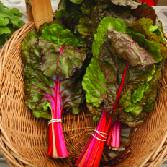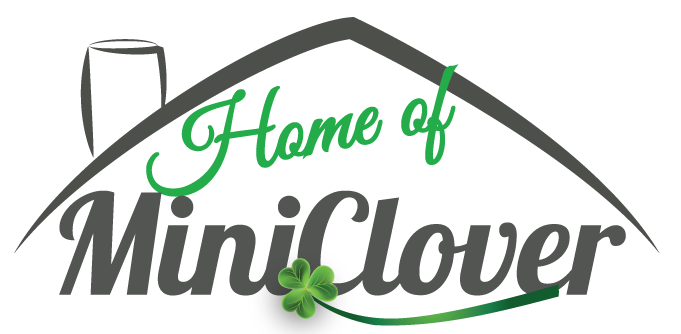-
CATEGORY ::
- All Seeds /
- All Flower Seeds /
- All Eupatorium Seeds
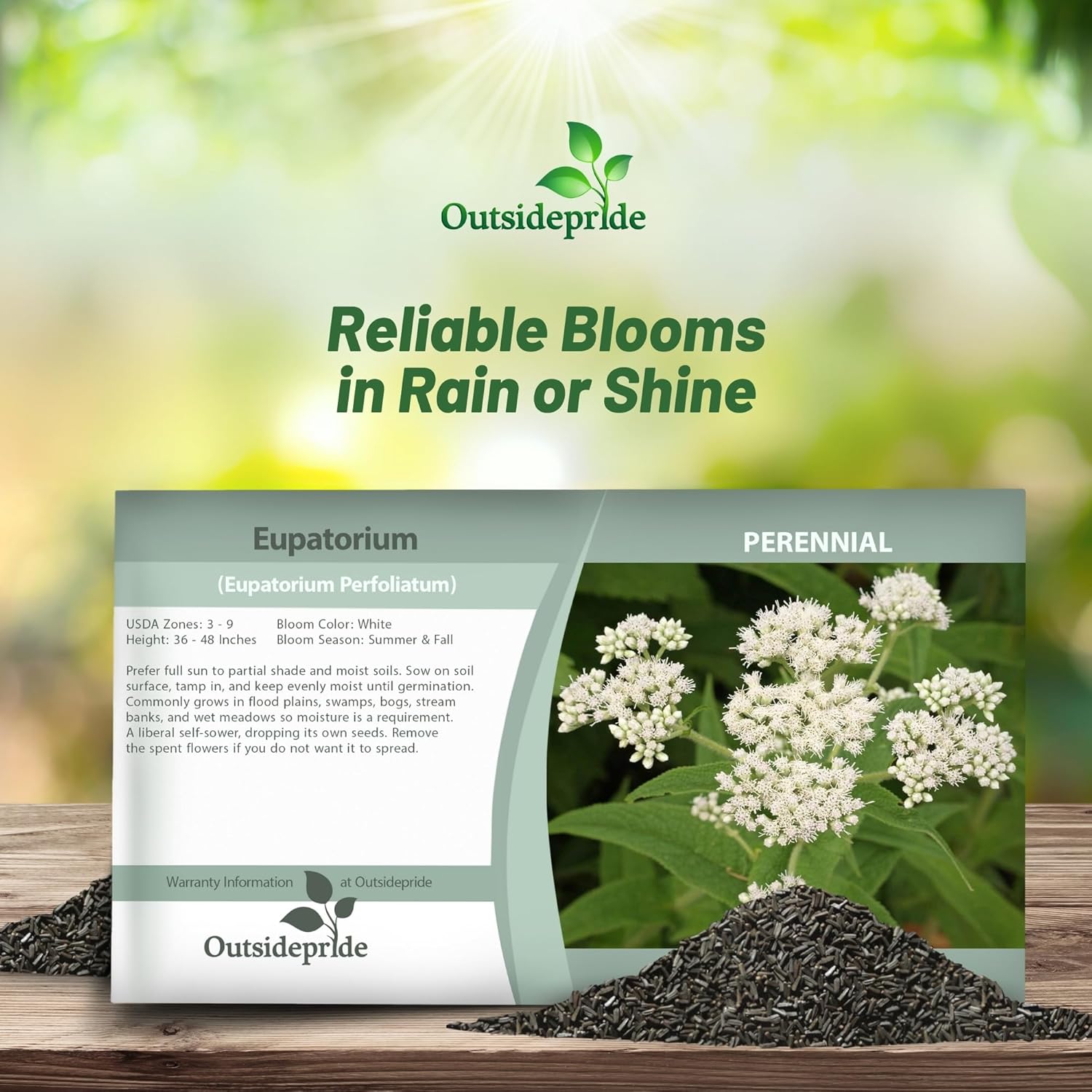

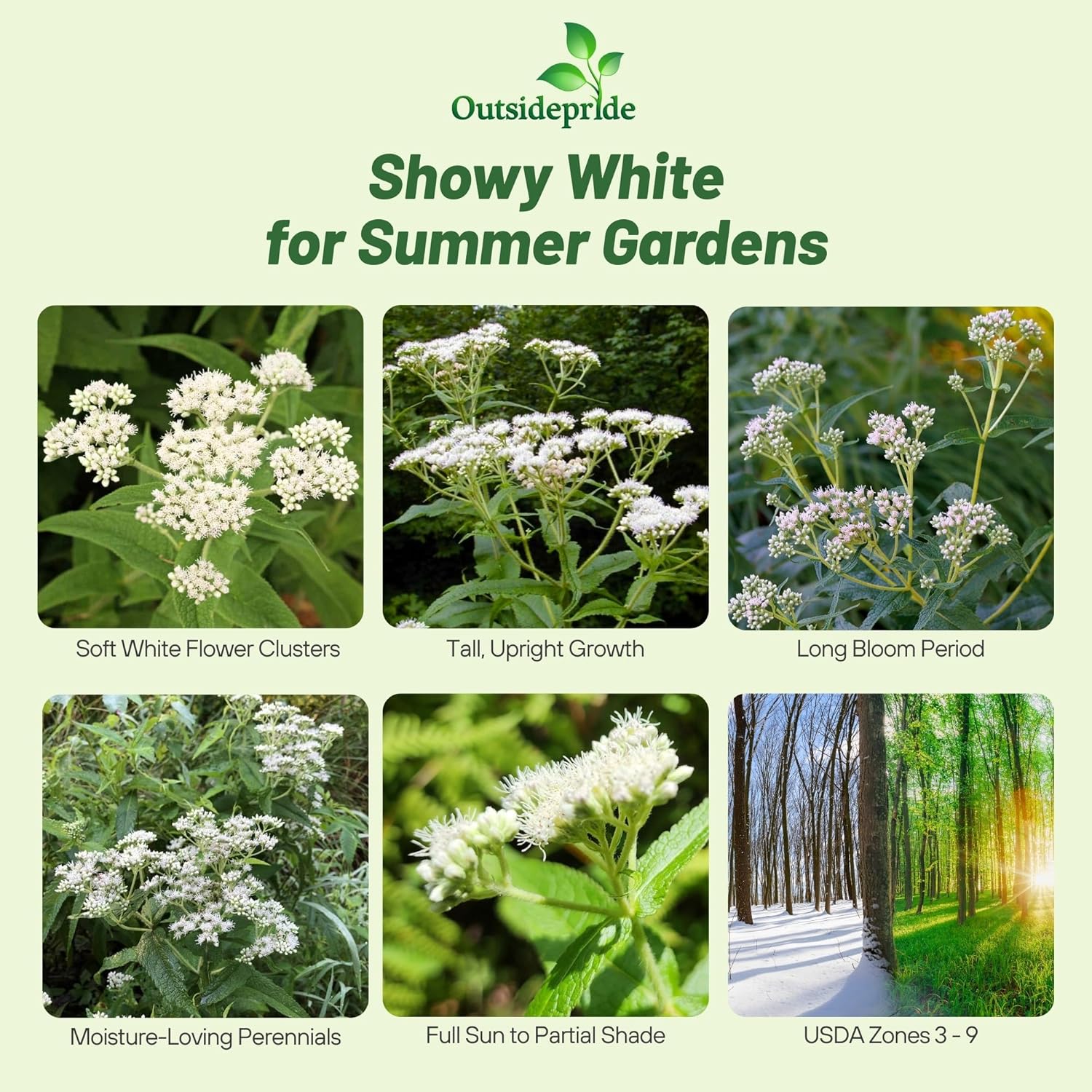
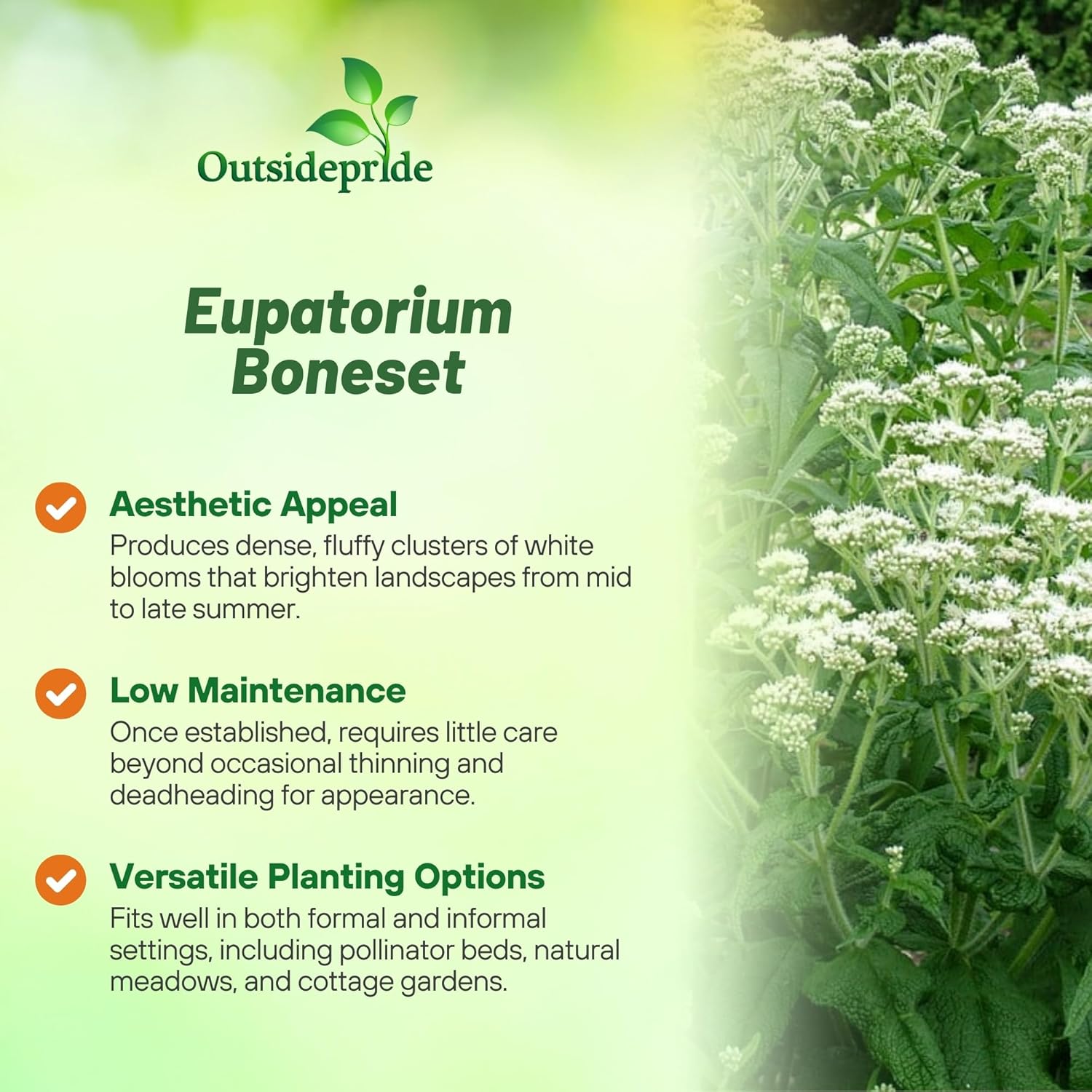
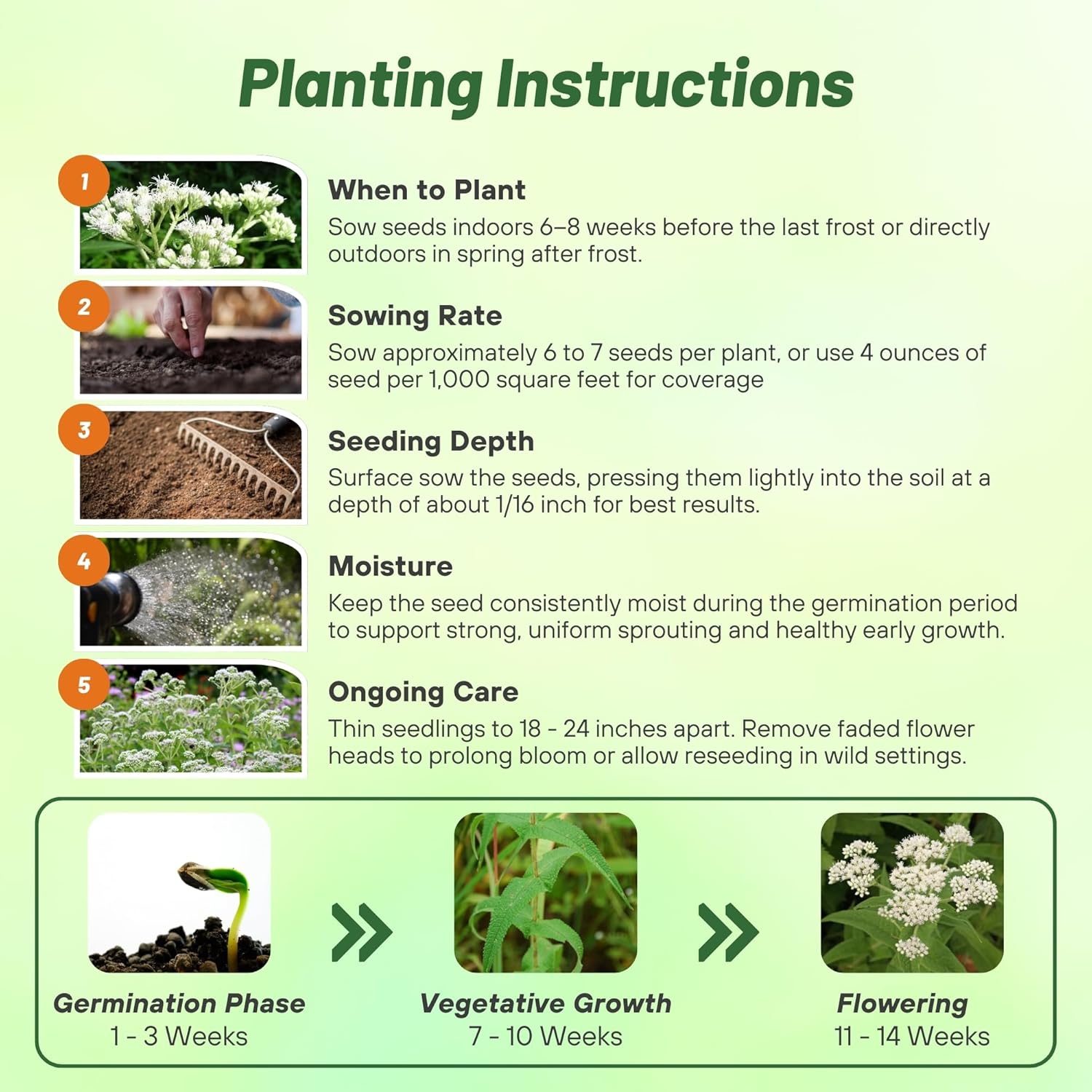
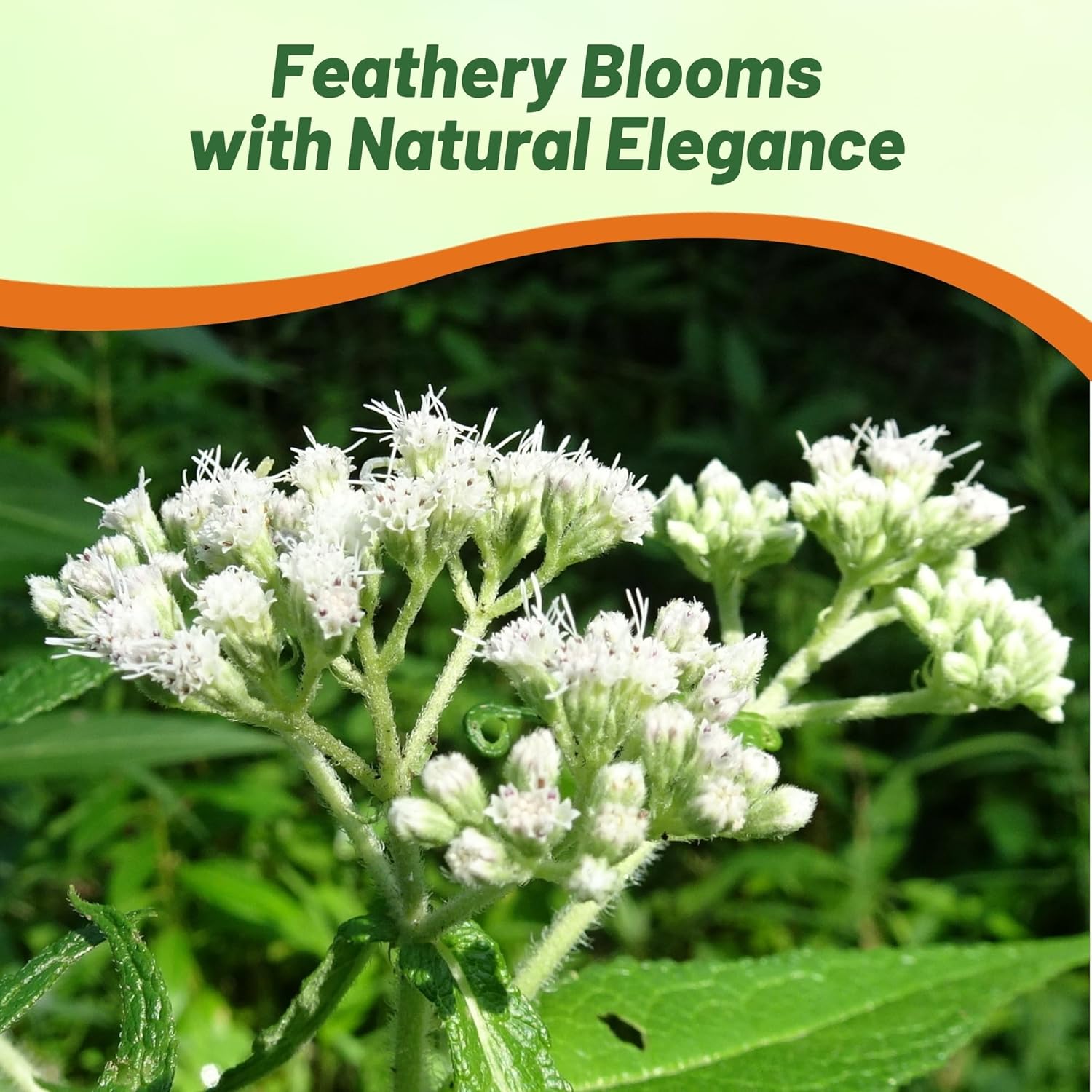
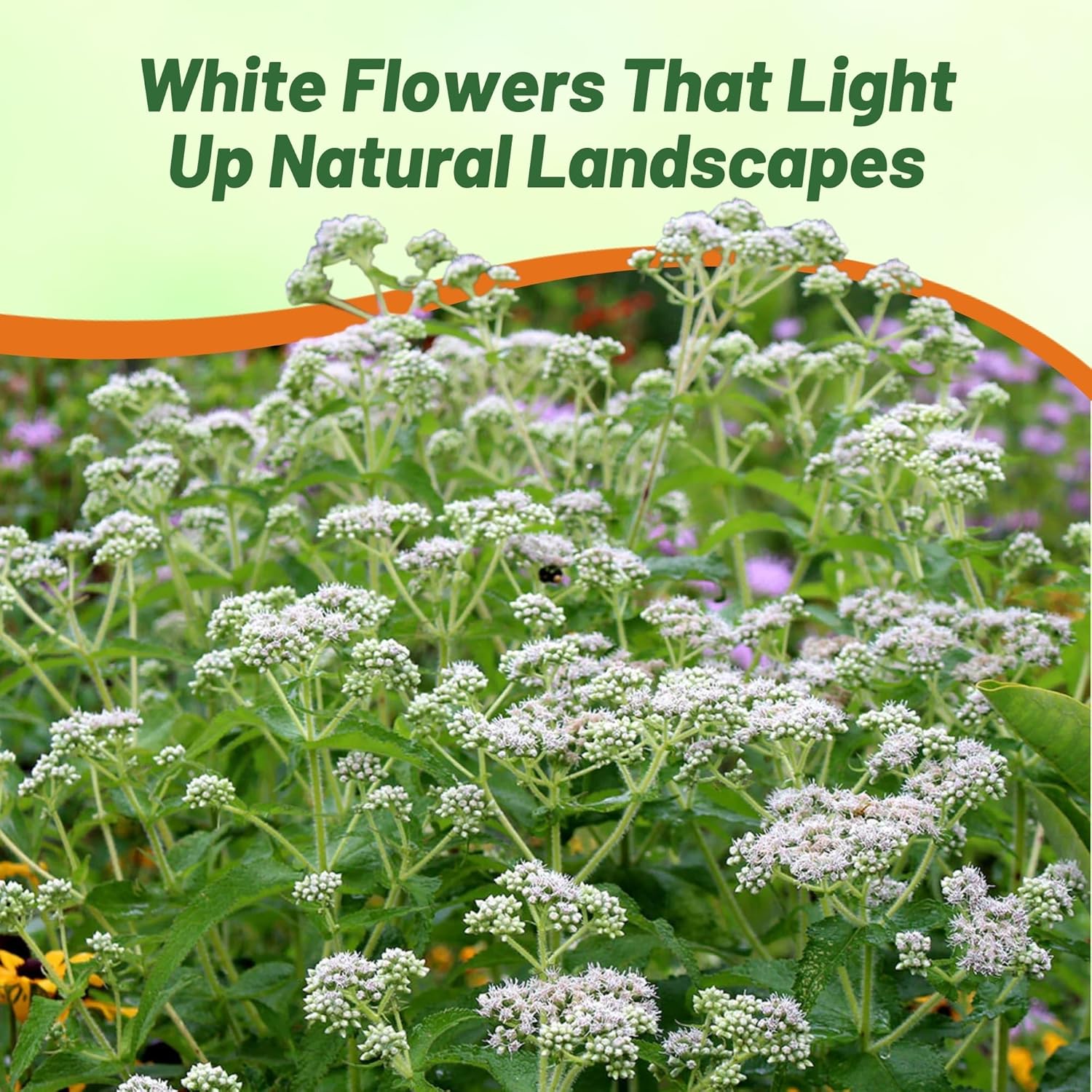

Eupatorium Seeds - Boneset
About...
Eupatorium (Eupatorium Perfoliatum) - Commonly known as Boneset, this remarkable flower is native to the Southern and Eastern United States. Boneset is large and showy, bearing masses of long-lived, white flowers which are truly unique. The butterflies and bees cannot leave these flowers alone! Grow Eupatorium in your own garden from flower seeds!MORE EUPATORIUM OPTIONS
Planting Directions
TEMPERATURE
70 - 85F
AVERAGE GERM TIME
7 - 21 days
LIGHT REQUIRED
Yes
DEPTH
Surface sow 1/16 inch deep
SOWING RATE
6 - 7 seeds per plant or 4 ounces per 1,000 square feet
MOISTURE
Keep seed moist until germination
PLANT SPACING
18 - 24 inches

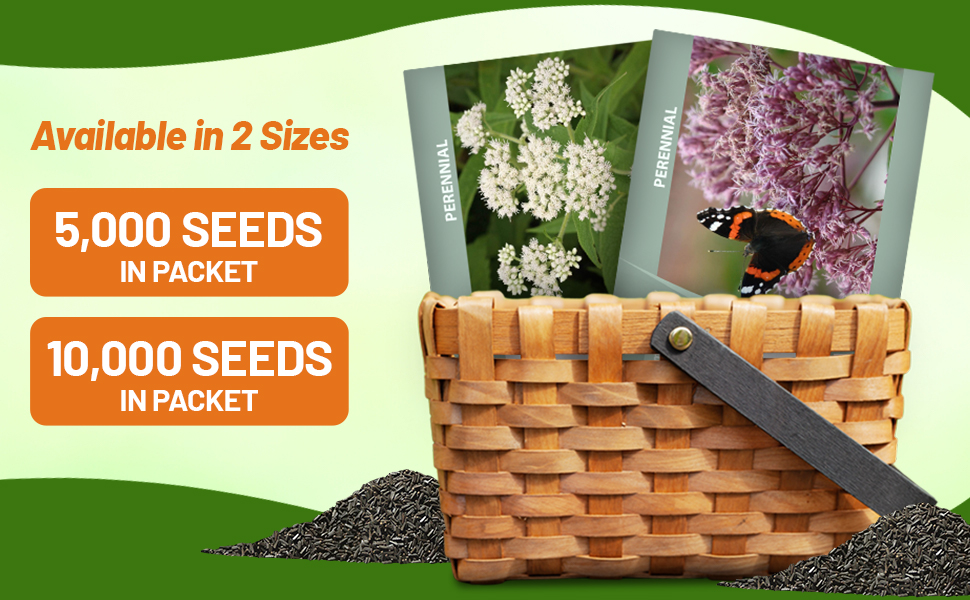
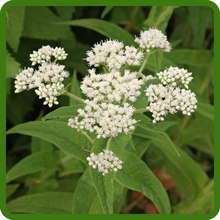
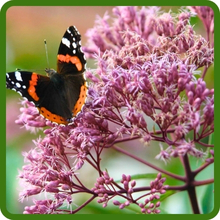
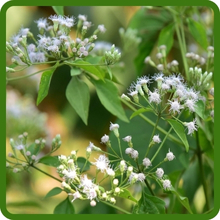

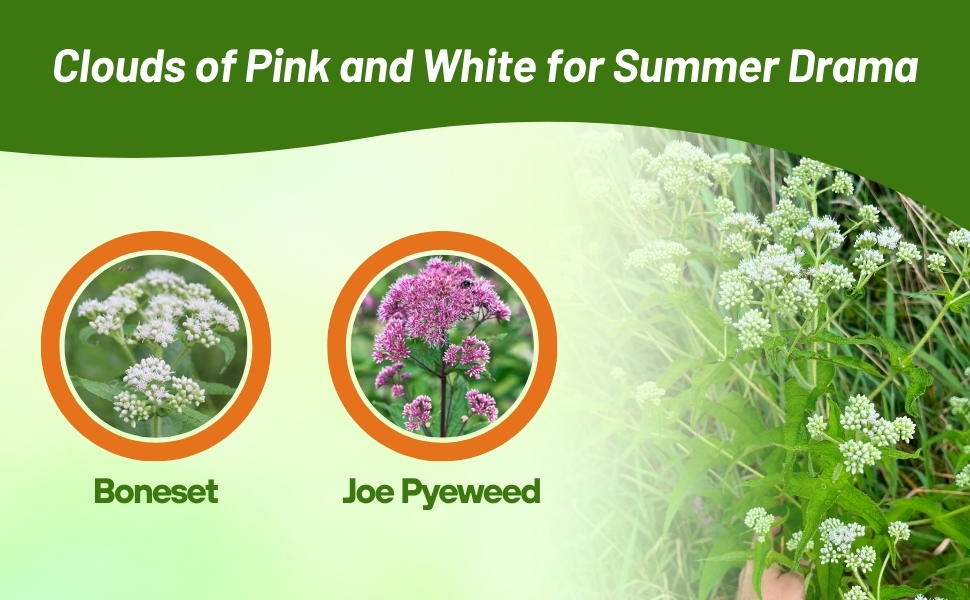
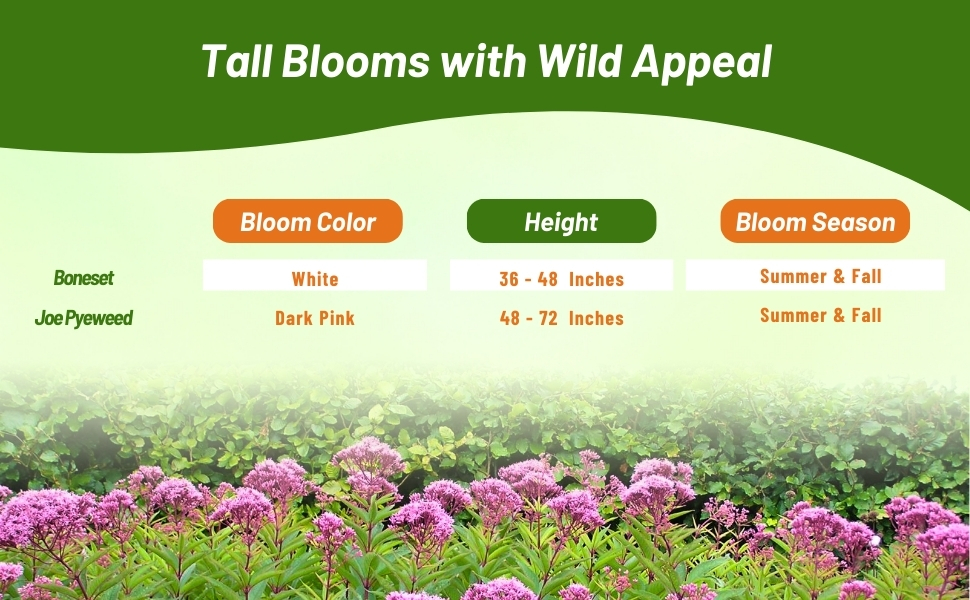

Eupatorium (Eupatorium Perfoliatum) - Commonly known as Boneset, this remarkable flower is native to the Southern and Eastern United States. Boneset is large and showy, bearing masses of long-lived, white flowers which are truly unique. The butterflies and bees cannot leave these flowers alone! Grow Eupatorium in your own garden from flower seeds! They make a lovely addition to the wild flower garden or to the back of the perennial garden as they can reach 48 inches in height.
Historically, the Boneset plant was commonly used by some North American Indian tribes and lay herbal doctors for its properties as a febrifuge, laxative, stimulant, and diaphoretic. The Boneset herb was often used to treat flu epidemics, and still today, some use the dried leaves and flowering tops to make Boneset tea or tincture to treat colds and flu.
How To Grow Boneset: Boneset herb plants prefer full sun to partial shade and moist soils. Sow Boneset seeds on soil surface, tamp in, and keep evenly moist until germination. This Eupatorium commonly grows in flood plains, swamps, bogs, stream banks, and wet meadows so moisture is a requirement. Eupatorium Boneset is a liberal self-sower, dropping its own flower seeds. Deadhead the spent flowers if you do not want it to spread.
Approximately 160,000 seeds per ounce.
Common Questions
Is boneset plant invasive?
Boneset is not considered an invasive plant since it is native to North America. It does have a reputation as an aggressive grower, spreading easily by seed dispersal.
Does boneset attract butterflies?
Boneset attracts bees, butterflies, songbirds, and other pollinators. Deer tends to leave it alone.
Why are my plant stems and foliage falling over?
It may be that your plants are getting too much fertilizer. Boneset does not require feeding. If you do need to fertilize, dilute it and only give it one time at the beginning of your growing season.
My plants’ leaves are shriveling, why?
This is probably due to lack of water. While boneset can tolerate a short drought, you need to ensure it receives plenty of water, especially during the hottest summer months.
Planting Directions
TEMPERATURE
64 - 72F
AVERAGE GERM TIME
28 - 35 days
LIGHT REQUIRED
Yes
DEPTH
1/8 inch
SOWING RATE
1 ounce per 1,500 square feet or 4 seeds per plant
MOISTURE
Keep seeds moist until germination
PLANT SPACING
24 - 48 inches

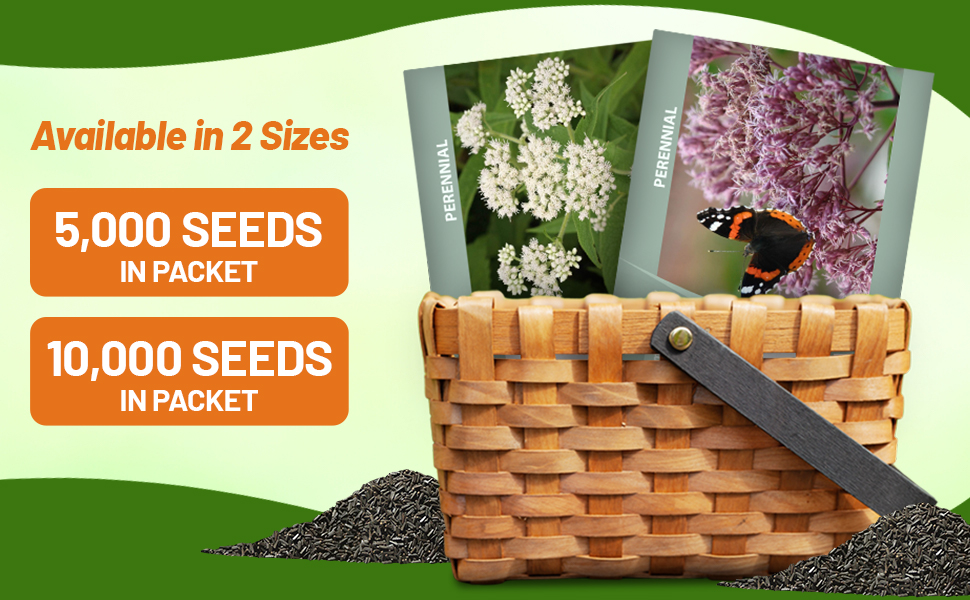
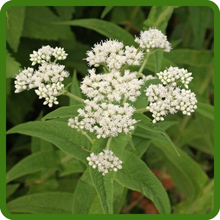
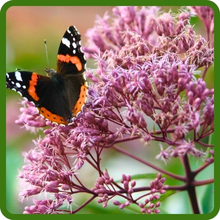
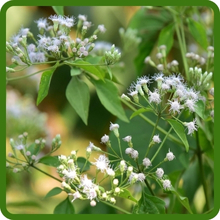
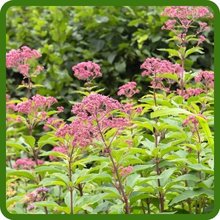
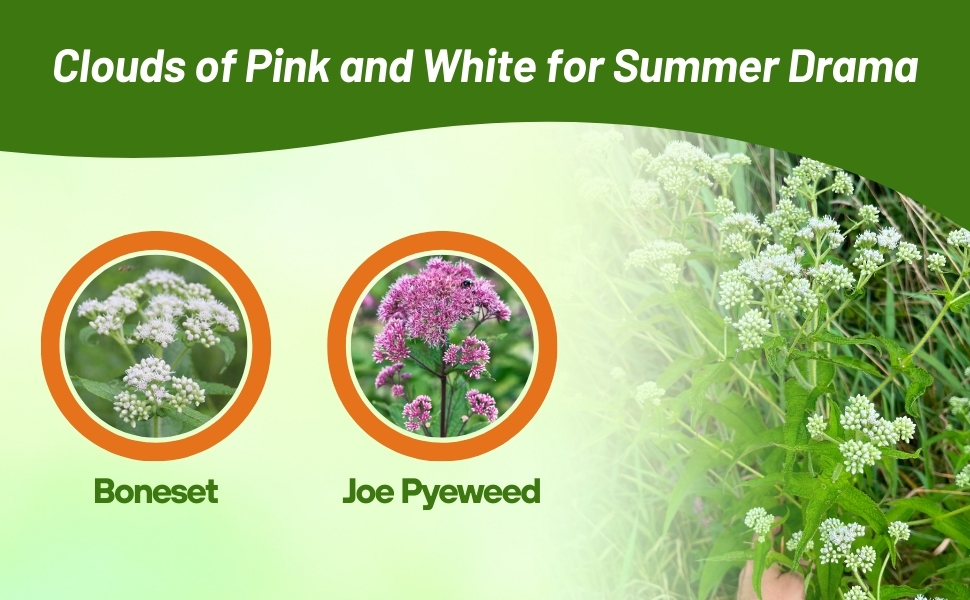
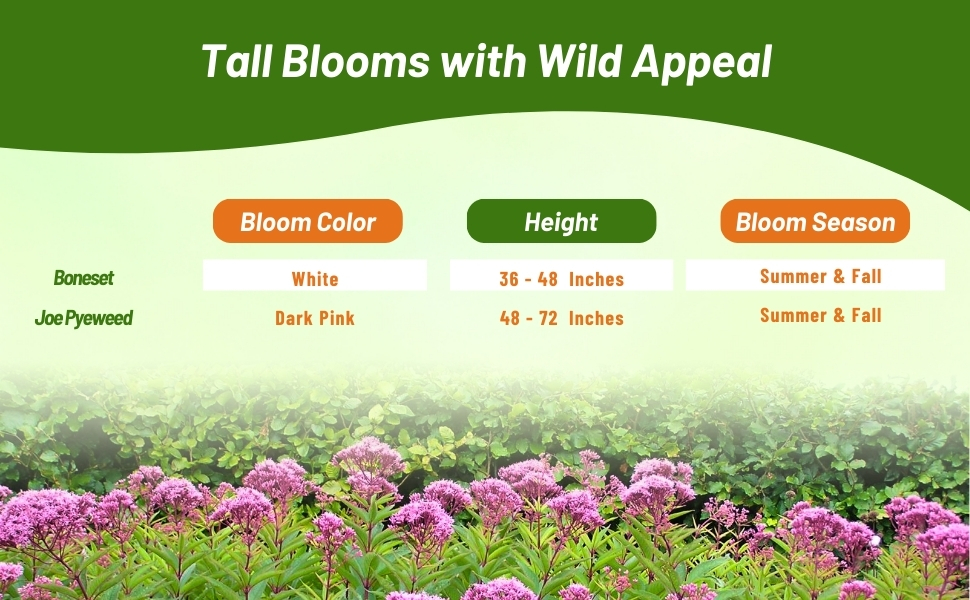

Eupatorium (Eupatorium Maculatum) - Eupatorium seeds produce a wonderfully unique plant! Also known as Joe Pyeweed, this is a very versatile plant: some people consider it to be an herb, others a wild flower, others a butterfly plant, and others an ornamental for the flower bed. This Eupatorium Maculatum plant is so diverse that it is all of these things. Many butterflies are attracted to Eupatorium: Eastern Tiger Swallowtail, Great Spangled Fritillary, Pearl Crescent, Monarch, and the Tawny-edged Skipper to name a few.
Common Questions
What are some good companion plants for my joe pyeweed?
Plants such as aster, helianthus or ornamental grass all look beautiful with joe pyeweed.
Can I use this flower in my cut flower garden?
Yes, joe pyeweed works good for cut flowers.
Will deer eat these flowers?
No, deer and rabbits tend to avoid this plant.
Will Eupatorium Maculatum work as an attractant for my pollinators?
Yes, Eupatorium Maculatum) attracts bees, birds, and butterflies.
















